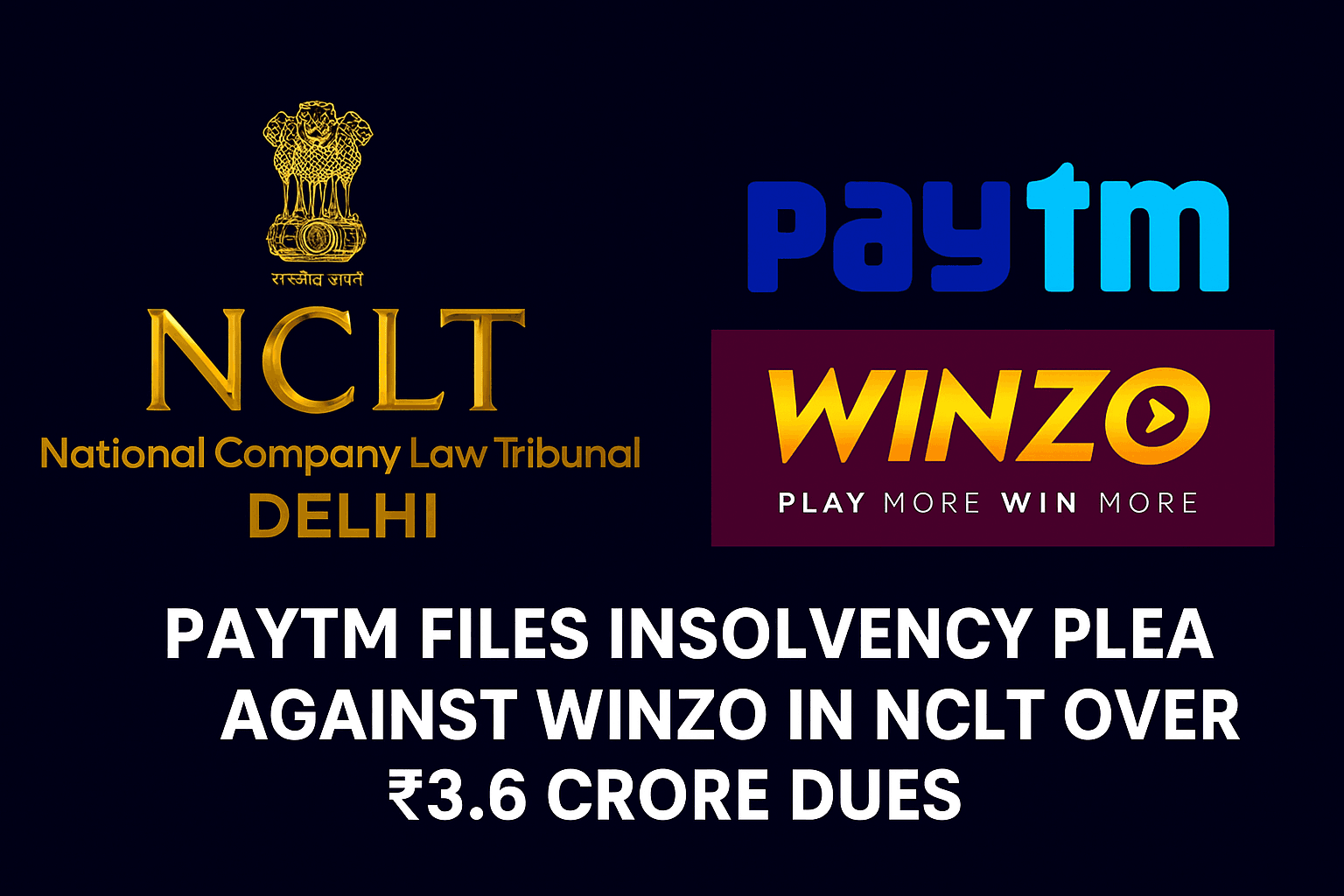
Decoding the NCLT Order on Anil Ambani’s Insolvency
Background
Anil Ambani, who was formerly regarded as one of the wealthiest people in India, has been presented with huge financial difficulties over the course of the past several years on account of his economic situation.
Reliance Infrastructure Ltd., his primary company, is currently being investigated as a result of the growing amount of debt and financial liabilities that he is burdened with. The National Company Law Tribunal (NCLT) recently granted Ambani’s request for an insolvency resolution appeal against Reliance Infrastructure.
This event represented a crucial turning point in Ambani’s history as a businessman. Ambani had filed the appeal against Reliance Infrastructure.
For any queries or to publish an article or post or advertisement on our platform, do call at +91 6377460764 or email us at contact@legalmaestros.com.
NCLT’s Decision
After the Mumbai bench of the National Company Law Tribunal (NCLT) accepted the insolvency case against Reliance Infrastructure Ltd., the Corporate Insolvency Resolution Process (CIRP) was launched. This was done in response to the accepted petition.
That the firm was unable to meet its financial commitments was brought to the attention of the company’s creditors, which led to the implementation of this action. Tehseen Fatima Khatri was chosen by the tribunal to act as the specialist in charge of interim resolution and to ensure that the procedures are monitored.
This judgement brought into closer light the extent of the company’s financial troubles, as well as the necessity of a structured resolution method. Both of these things were brought with it.
For any queries or to publish an article or post or advertisement on our platform, do call at +91 6377460764 or email us at contact@legalmaestros.com.
For More Updates & Regular notes, Join Our WhatsApp group (https://chat.whatsapp.com/DkucckgAEJbCtXwXr2yIt0) and Telegram Group ( https://t.me/legalmaestroeducators )
Immediate Repercussions
As a result of the admission of the bankruptcy plea, immediate consequences were brought about. Shares of Reliance Infrastructure were volatile because investors were concerned about the company’s future, and this worry was reflected in the volatility of the shares.
Concerning their ties with the firm, stakeholders, such as workers, suppliers, and creditors, were presented with a sense of uncertainty.
For any queries or to publish an article or post or advertisement on our platform, do call at +91 6377460764 or email us at contact@legalmaestros.com.
The formation of CIRP also meant that the management of the company would be placed under the supervision of the resolution specialist who had been chosen, with the intention of establishing a possible route forward. This was done with the intention of finding a means to go forward.
NCLAT’s Intervention
The bankruptcy proceedings that were being filed against Reliance Infrastructure were brought to a halt by the National Company Law Appellate Tribunal (NCLAT), which was a stunning change of events.
Because of this decision, the company was able to find some temporary relief, which allowed it to start looking into other possible answers to the financial problems it was experiencing at the time.
For any queries or to publish an article or post or advertisement on our platform, do call at +91 6377460764 or email us at contact@legalmaestros.com.
The necessity to ensure that due process is followed was brought to light as a result of the engagement of the appellate tribunal, which brought to light the inherent complexity that is present in circumstances involving corporate insolvency.
Broader Implications
The predicament that Reliance Infrastructure finds itself in is emblematic of the more general challenges that conglomerates face when seeking to manage a wide variety of commercial interests within the backdrop of shifting environmental circumstances in the market.
Furthermore, it sheds emphasis on the critical role that regulatory authorities like the National Company Law Tribunal (NCLT) and the National Company Law Authority (NCLAT) play in ensuring that insolvency procedures are carried out in a manner that is both transparent and equitable toward all parties involved.
For any queries or to publish an article or post or advertisement on our platform, do call at +91 6377460764 or email us at contact@legalmaestros.com.
Creditors and investors are reminded by this instance of the risks that are associated with business financing, as well as the need of doing rigorous due diligence. This event serves as a reminder.
Conclusion
A significant turning point in the story of Anil Ambani’s commercial career is represented by the insolvency proceedings that have been filed against Reliance Infrastructure.
Despite the fact that the National Company Law Tribunal (NCLT) acknowledged the plea, which signified that the business was facing financial difficulties, the subsequent stay that was imposed by the NCLAT allows a window of time for a potential settlement to be reached.
For any queries or to publish an article or post or advertisement on our platform, do call at +91 6377460764 or email us at contact@legalmaestros.com.
During the course of the situation’s ongoing development, stakeholders will be keeping a careful watch on any developments that have the potential to have a substantial impact on the future trajectory of Reliance Infrastructure and its influence on the business environment as a whole.




![Research Assistantship @ Sahibnoor Singh Sindhu, [Remote; Stipend of Rs. 7.5k; Dec 2025 & Jan 2026]: Apply by Nov 14, 2025!](https://legalmaestros.com/wp-content/uploads/2025/11/Gemini_Generated_Image_s0k4u6s0k4u6s0k4-768x707.png)
![Karanjawala & Co Hiring Freshers for Legal Counsel [Immediate Joining; Full Time Position in Delhi]: Apply Now!](https://legalmaestros.com/wp-content/uploads/2025/11/Gemini_Generated_Image_52f8mg52f8mg52f8-768x711.png)
![Part-Time Legal Associate / Legal Intern @ Juris at Work [Remote]: Apply Now!](https://legalmaestros.com/wp-content/uploads/2025/11/ChatGPT-Image-Nov-12-2025-08_08_41-PM-768x768.png)
![JOB POST: Legal Content Manager at Lawctopus [3-7 Years PQE; Salary Upto Rs. 70k; Remote]: Rolling Applications!](https://legalmaestros.com/wp-content/uploads/2025/11/ChatGPT-Image-Nov-12-2025-08_01_56-PM-768x768.png)